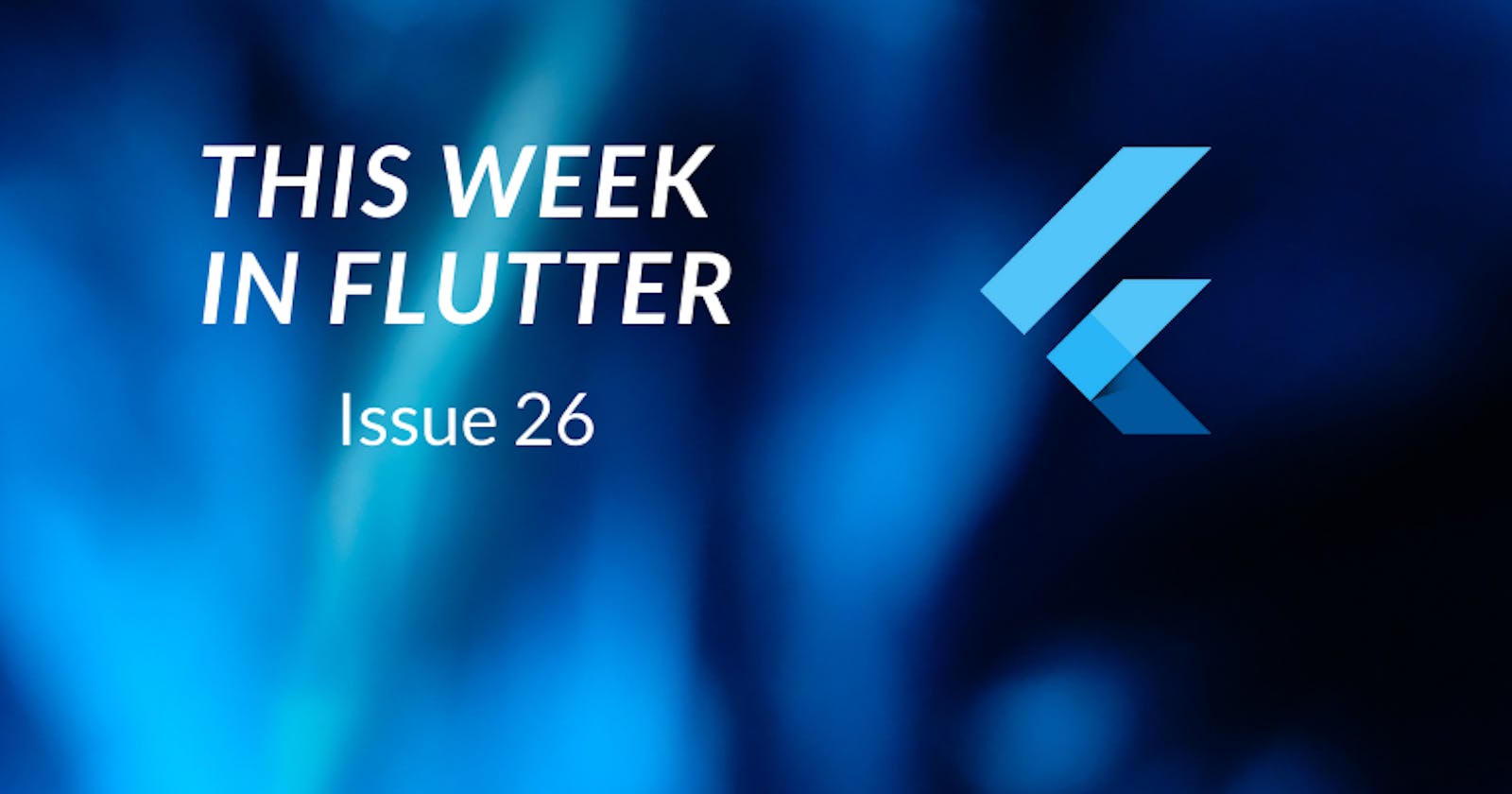This week Google cut their cut for subscriptions on Android. They already reduced to 15% the fee for non-subscription purchases earlier this year. This is good news for indie developers who can make a bit more money out of their app and hopefully reinvest it in the app itself.
This week I discovered some new and old packages and projects and I thought to share them with you. Which is the idea behind this newsletter, duh!
Boxy is a package that can help you with more complex layouts in your Flutter app. For instance, it makes it easier to layout children of a Column such that they have the same width as the largest child.
Dashboy is a Gameboy emulator. Its development is in a very early stage and some features are still missing.
Snap Scroll Physics adds a snap behavior to scroll views. See the example in the repository to learn when they are useful.
Flash provides easily customizable messages and alerts for your Flutter app. In the sample project, there are a lot of examples of how you can use this package.
- Michele Volpato
Development 🧑💻
🔗 Two-way communication between a WebView and a web page
I have been working with web views inside Flutter apps for some time already, and my suggestion to you all is to avoid them if it is possible. This is not a Flutter-specific topic, I would avoid them also for native mobile projects. But if you must use them, then you should know how to use JavaScript to pass data between the app and the web page, without the necessity to reload. Ioannis Diamantidis tells you how.
🔗 Handling gestures in Flutter
Gestures are one of the basic functionalities of all mobile apps. You need gestures to interact with the app via the touchscreen. In Flutter, gestures are so deeply intertwined with widgets that you do not even realize you are using them, for instance when you code the onPressed parameter of a button. In this article by Ivy Walobwa, you'll learn all about gestures in Flutter, in case you need to use them outside of a standard widget.
🔗 Flutter TabBar Tutorial: How to Navigate Programmatically Between Tabs
How do you navigate programmatically between tabs in Flutter? Learn it with this article by Andrea Bizzotto.
🔗 Giving superpowers to generics
This is a nice reading from Kilian Schulte. It will give you a headache, but this is so different from the usual articles. In Dart, can you decompose a generic type into its components? And how? To get the answer, read the article and get your deserved headache.
🔗 Flutter Slider widgets: A deep dive with examples
In this article by Souvik Biswas, you'll learn everything there is to know about sliders in Flutter. At the end of the article, you'll also see how to create your own slider using custom painters. I worked on a custom slider a couple of years ago, ad that time this article would have helped me a lot.
🔗 Building Games in Flutter with Flame: Getting Started
As I said in the previous issue, "the best way to learn is to make a game out of it". In this tutorial, written by Vincenzo Guzzi, you'll learn how to use Flame to create a game in Flutter. The example used in the article is a cute early Pokemon-like game.
Backend 🗄
🔗 Cloud Functions with Dart and Appwrite
If you use Appwrite as your backend system, you will be happy to know that you do not need to know JavaScript or TypeScript to write backend code. You can use Dart as the programming language for your backend functions. In a world where JavaScript enthusiasts try to fit their favorite programming language everywhere, it is nice to see a different trend. Learn more about using Dart for backend functions in this article by Nehansh Jain.
🔗 Building a Social Media App with AWS Amplify and Flutter
Rosius Ndimofor wrote a four-part series of articles on creating a full app using Flutter and Amplify. It's a good starting point if you want to learn how to use Amplify as a backend for your Flutter app. Go give them a thump-up.
Tools 🛠
🔗 How to configure a pre-commit for a flutter application
You use linters and code analyzers before pushing your code to the repository, right? You spend time making sure that the code you write follows the coding guidelines of your company, both manually and by using automated tools. Then Friday comes. Your colleagues are waiting for you to go get a drink and you still need to commit your latest changes, so you quickly run git commit -am 'fixed nasty bug' && git push and you can finally leave.
Not so fast: you forgot to format the code, analyze it, and regression test it. Avoid this dreadful situation by configuring pre-commits with this article by Kevin Gamboa.
[...]
Read the rest on my website.
Join the Flutter and Dart newsletter and receive it weekly in your inbox.
